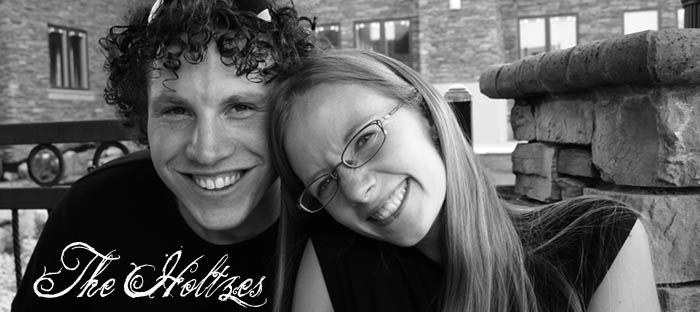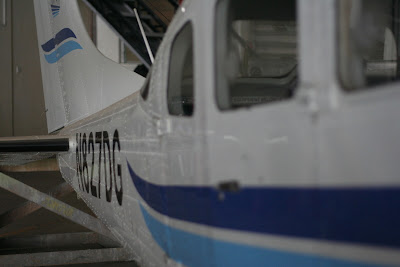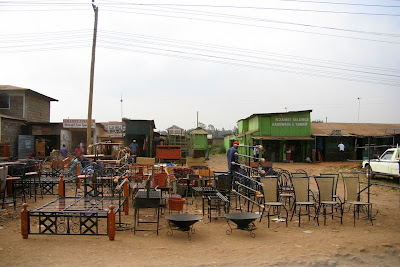Note: We are finally back in the states! However, we still have lots of pictures and stories that we have not had a chance to blog about, so we will slowly be adding new blog posts over the next few weeks to try and catch up with all the stuff we still have to share.

We find ourselves in bed, under a mosquito net, thanking Jesus for the rain the previous day that had broken the muggy heat of Lokichoggio. Outside of our window we can hear the village just on the other side of the fence clapping and signing. I can only imagine the tall guant Turkana people bouncing in their traditional turkana hop dance. Ornate bead work rattling around their necks & bright blankets gleaming in the firelight.
I can hear a goat bleating in between the sharp claps and I wonder if he is dinner. What are they celebrating? Some unique tribal holiday, or perhaps receiving of food relief?
Flying up to Lokichoggio takes only 2 1/2 hours. It is flight that replaces two solid days of driving. On the way we passed a river that caught the sun so that it looked like a liquid gold flowing between lush green forests I thought as we crossed it that this must be some of the most beautiful country in the world. Soon after that river the deep green faded to rusty brown. Instead of sparkling rivers we saw dry beds, vacant of any moisture. In the rainy seasons these smears turn to rivers but now they are mocking reminders of thirst. I was awed by the contrast and wondered how anyone could live in such a desolate place.


We stayed in Lokichoggio for two nights with a missionary family, of which the husband is a pilot. On the third day we joined him on a flight into Sudan.
The Turkana people who live in the Northern dessert-land of Kenya are like the environment. Harsh and thorny. They are not precisely hostile, but they are not like other Kenyans who are smiling at you before they even know you. They have a nomadic history and settled in the Lokichoggio area because it was possible to dig down into the dried river where, a few feet beneath the dusty surface, there is water.
There were tons of bushes and trees with huge thorns. Needless to say, the environment did not have a very friendly feel to it.


Because we were just passing through and did not have the opportunity to build relationships with any of the Turkana people, we didn't want to take their picture blatantly and offend them. However, this website has great photos of the Turkana people.
A desert rose, one of the few splashes of color we saw.

An aerial view of the dried river bed in Lokichoggio.

This house where we stayed was built by a Austrian man in the 70's. It is made entirely out of containers.
Why Sudan?
Sudan has been in the news a lot recently. Perhaps too much as it is easy to tune it out. Twenty years of bloody civil war has earned the country a spot on the genocide list. At least 2.5 million people have been displaced in the Darfur region as a result of the conflict, and it is estimated that as many as 400,000 people have been slaughtered. Being the largest country in Africa and having 597 different tribes, the needs in Sudan are vast and deep. One AIM Air pilot estimated that as much as 75% of the flying that AIM does is into Sudan. Because of the instability of Sudan, historically many humanitarian and mission organizations have had to be based outside of the country. Kenya, being a stable country and sharing a bit of border with Sudan is an ideal place to have a base for flying in and out. Lokichoggio, located in the northeastern corner of Kenya, is only 20 miles from the border. It is hot, dry, and remote.
Lokichoggio is still strategic, it is still a vital part of the ministry of AIM Air to Sudan, enough that two pilots and their families are based there.
Because of Lokichoggio's ideal location, at the height of the genocide and conflict in Sudan, this place was the largest UN base in the world. They built a road from the airport into town, a road which is now so dilapidated and and full of massive potholes, that everyone actually drives on the side of the road instead.



















































